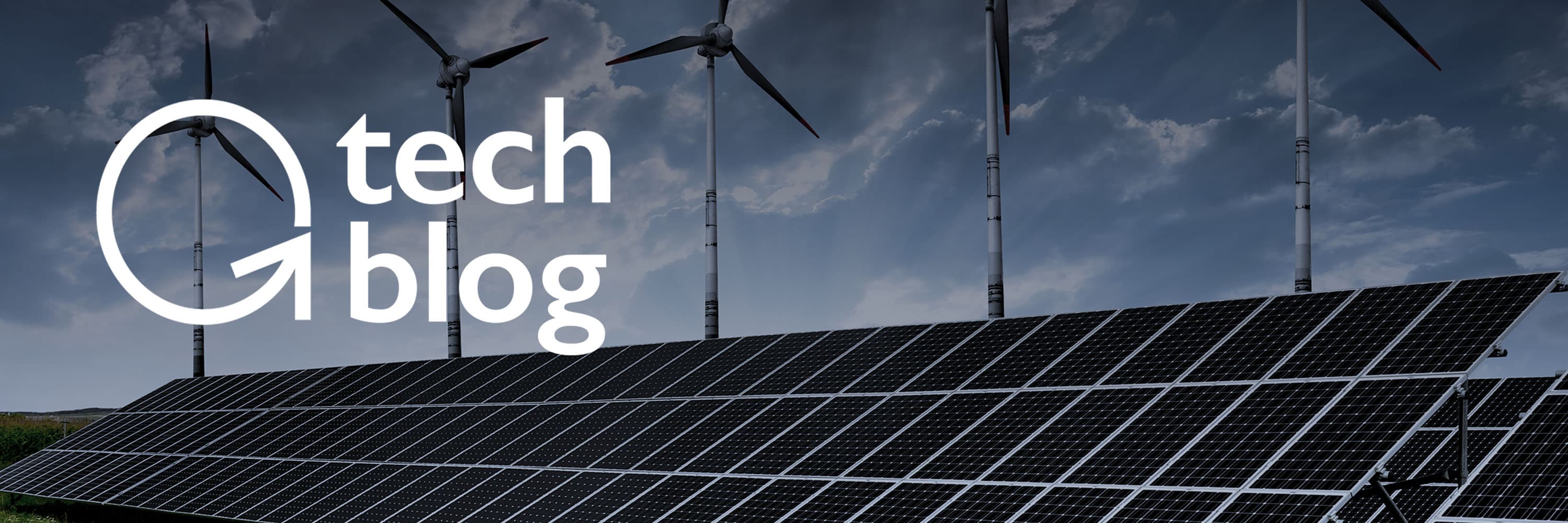US Solar Capacity Faces Policy Headwinds Despite Calls for Expansion

Peter H. Diamandis, a prominent futurist and entrepreneur, recently advocated for a significant increase in solar generation farms across the United States. In a social media post, Diamandis stated, "We need MORE solar generation farms in the United States NOT less," emphasizing the critical role of solar energy in the nation's energy future.
Diamandis has consistently championed solar energy as a key solution to climate change and a pathway to energy abundance. He has previously highlighted that if humanity could capture just one part in 6,000 of available solar energy, it could meet 100% of global energy needs, underscoring the vast untapped potential. His perspective aligns with the idea that making renewable energy "so cheap that they KILL fossil fuels" is a viable strategy for combating climate change.
The U.S. solar industry has experienced substantial growth, with solar accounting for 69% of all new electricity-generating capacity added to the grid in Q1 2025. This expansion has been significantly bolstered by federal incentives, such as the Inflation Reduction Act, which has led to a nearly four-fold increase in U.S. solar module manufacturing capacity since 2022, reaching over 31 GW. The industry is projected to add an average of nearly 43 GWdc annually through 2030 in a base-case scenario.
Despite this growth, the industry faces considerable challenges that could impede further expansion. Recent federal policy shifts, including proposed changes to tax credits and new tariffs on solar components, are creating an uncertain environment. Trade actions, such as anti-dumping and countervailing duties, have led to increased costs and potential project delays, particularly for utility-scale developments.
Moreover, land use conflicts and local permitting issues present significant hurdles. Protests against large solar farms, often in rural areas, have resulted in the cancellation of over 1.7 gigawatts of proposed solar capacity in 2021. The debate also involves the conversion of agricultural land for solar projects, with nearly half of future solar development potentially impacting the nation's most productive farmland unless policies change.